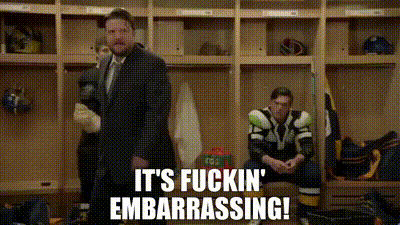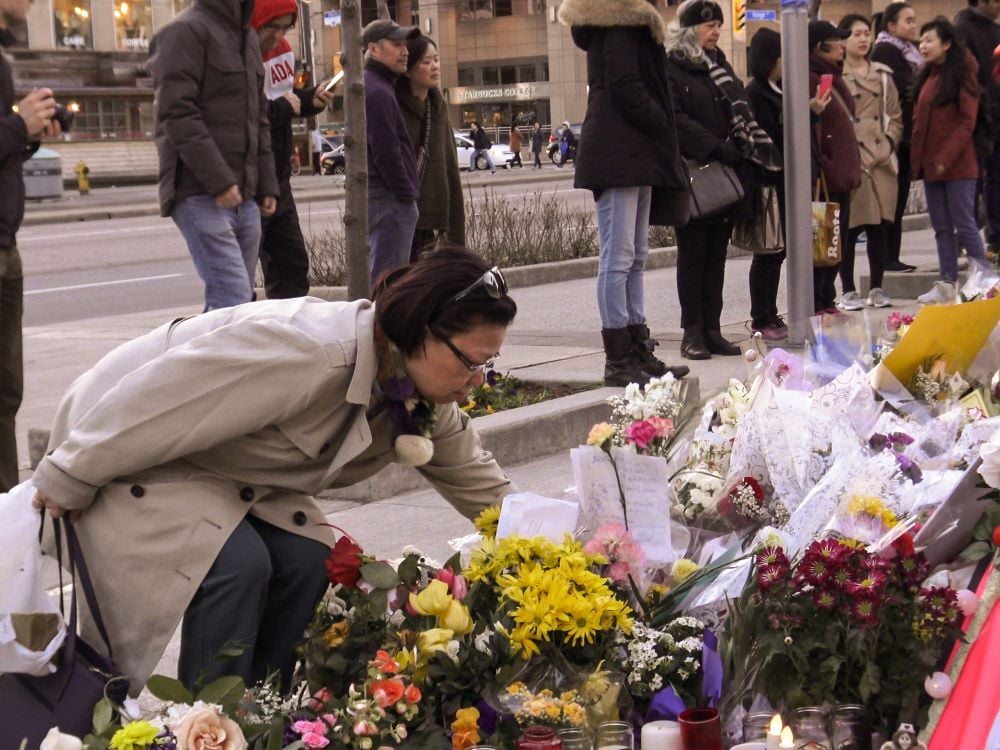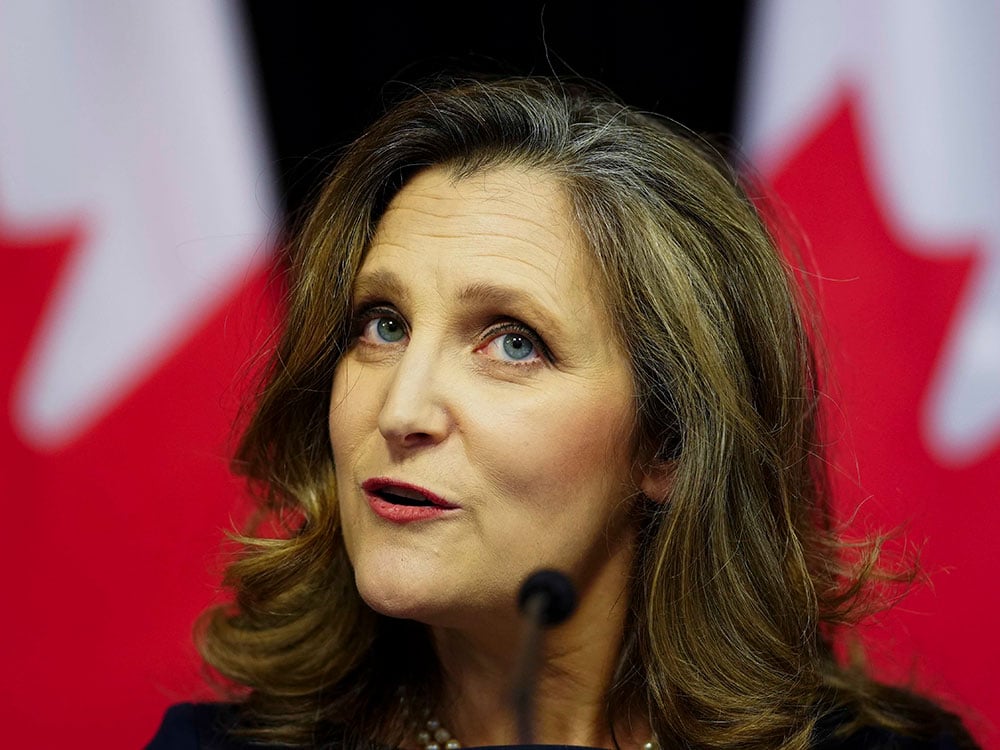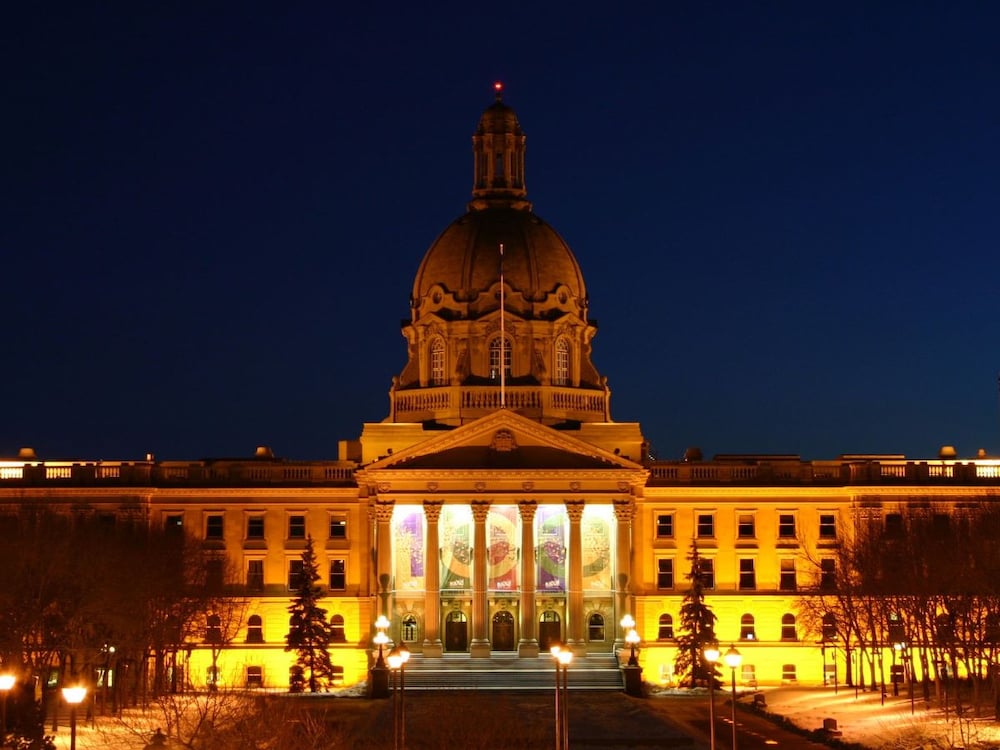
However, the next morning I woke up to an onslaught of emails and DMs from HRC members who took issue with a visual detail: one of the people I interviewed was wearing a keffiyeh and holding a Palestinian flag. HRC labeled this man an “anti-Israel, pro-Palestinian protester,” and what followed was weeks of relentless harassment flooding my inboxes, demanding that I be fired, claiming that “people like me should not exist.”
Some said they knew where I lived.
I forwarded every message to my managers, every time requesting four things: for advice and support on how to deal with the harassment, for CTV to issue a cease-and-desist letter to HRC, clarification on whether there were any rules against showing a keffiyeh or Palestinian flag on TV, and whether leadership stood behind my coverage.
Each time, I was met with silence or indifference.
Then, several months after the broadcast, my story had quietly disappeared from CTV’s website. The video report and copy had been unpublished without explanation or consultation and replaced with a short copy rewritten by a young, white male colleague. My name had been removed from the byline along with the quote from the protester. In doing so, CTV News breached its own Corrections Policy, which clearly states: “We do not, except in very narrow circumstances, unpublish articles or videos.” This policy is echoed throughout most journalism outlets. Online journalism is a part of historical records and archives. While incorrect information should be corrected and clarified, keeping stories online reflects a commitment to transparency, accuracy, and fairness.
How depressing. How is this legal?


















I meant this part:
If someone threatens my co-workers, I take it seriously.